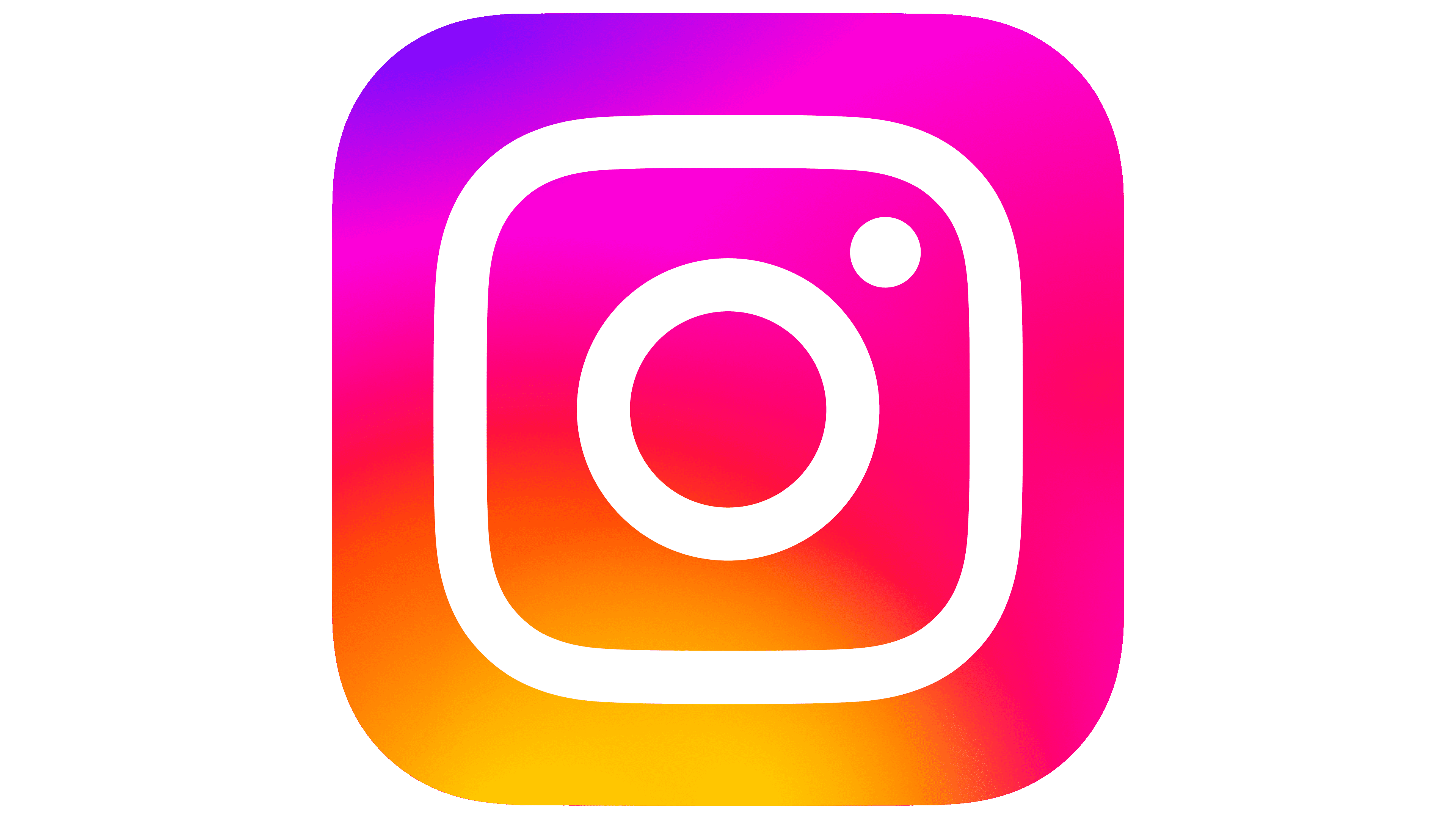Have you ever wondered about the history of computers and how they came to be? The very first computer was invented in 1822 by a man named Charles Babbage, who made a significant impact on technology and computers today.
However, these computers were only really meant for practical use in businesses, such as for mathematicians or scientists, and were not mass-produced to the public.
It wasn't until 1975 that the first personal computer was invented by John Blankenbaker, who's invention---the Kenbak-1 Computer---has been called 'the world's first commercially available personal computer.' This was revolutionary at the time because it placed a huge emphasis on personal interaction.
John Blankenbaker was born in 1929 at the start of the Depression, in Oklahoma. He grew up in a farming family, growing mainly dairy and cotton, and lived in a town that wasn't very sophisticated. Ever since he was was young, he was always interested in machines and the mechanics of things. One day, he took apart his mother's washing machine and put it back together again. This is what stemmed his spark in technologies, which eventually led him to create the Kenbak-1 Computer.
One of the main reasons why Blankenbaker created the personal computer was because many of the new technologies of that time period were only manufactured for businesses. This caused Blankenbaker to want to create something for many people to enjoy.
Thus, his release of the Kenbak-1 Computer was a radical view of the potential benefits to the individual, rather than the business.
As far as the personal computer itself, it was very complicated. All of the parts for Blankenbaker's computer were made by hand, which posed a threat to mass-producing the product. This was a huge problem that he ran into, and since the computer was made with thousands of parts, it took very long to build.
Blankenbaker's invention was the pioneering device to modern computers today. It was the cornerstone for other innovators to create more advanced products, including Steve Wozniak's Apple 1 computer.
Eventually, with the mass-production of more personal computers, the U.S. in the 80's was moving more towards a modernized and technologically-based society, and it was all thanks to Blankenbaker.
However, there are many major negative health effects that developed from this invention that has an impact on people today. Computers break people's social interaction with friends and families. They also will eventually cause other health problems, like depression, anxiety, back problems, etc. With the further advancements of computers, these problems will likely continue to get worse.
Looking beyond the cons, the Kenbak-1 Computer solved many problems in society. One in particular was that the computer implemented a memory that the user can refer back to. This was revolutionary at the time because it allowed more data to actually be stored, and would become a precursor to stored memory in modern computers today.
When looking at other countries around the world, many places in Europe were also advancing in their computer industries, specifically in the office and electrical industries.
Similar to the U.S., Europe had many universities that were also advancing in their scientific capabilities. However, other countries like Japan were lagging behind in their computer industries.
Communication in general is forever changed, thanks to the Kenbak-1 Computer. Due to the development and evolution of the computer, we can now communicate with people online from across the globe. Ultimately, the Kenbak-1 Computer set a standard that would be the foundation for modern computers today.















